Last Updated on October 20, 2021 by Chandrakant Isi
Along with the third-generation AirPods, Apple unveiled two new MacBook Pro series laptops. Available in 14-inch and 16-inch models, these laptops are powered by the Cupertino-based company’s latest M1 Pro and M1 Max chipsets. The new MacBook Pro devices pack in LCD screens with Mini LED backlight, which Apple likes to refer to as “Liquid Retina XDR display”. Speaking of gimmicks, Apple has ditched the Touch Bar from its keyboard. Let’s check out the other key aspects of these new machines.
Apple MacBook Pro 14-inch, 16-inch Features
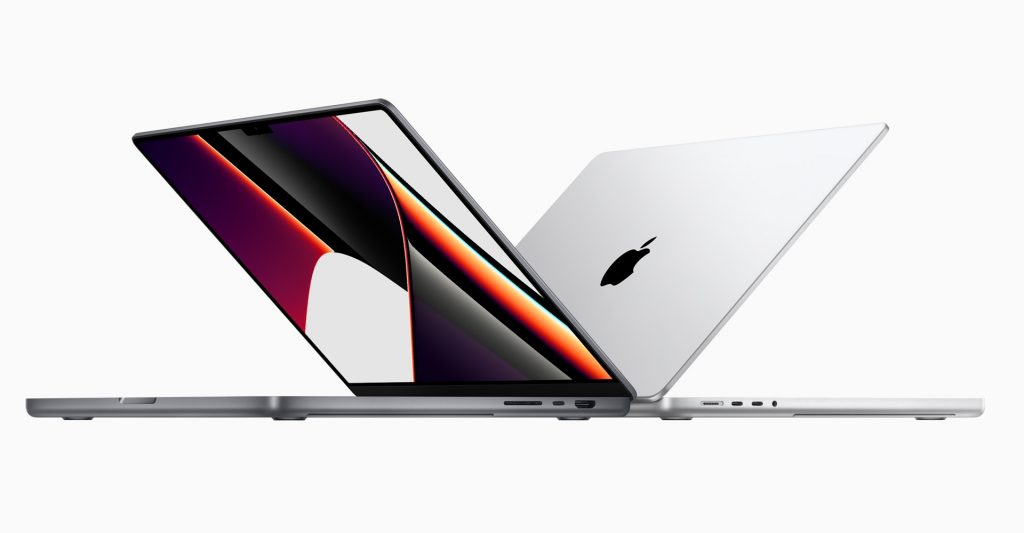
Subscribe to Onsitego
Get the latest technology news, reviews, and opinions on tech products right into your inboxThe new MacBooks are the first notebooks from Apple to feature an iPhone-esque display notch. With thinner bezels, the 14-inch and 16-inch MacBook Pro notebooks now offer a 14.2-inch and 16.2-inch display in the same footprint.
The screens are tuned for an adaptive refresh rate of up to 120Hz. Depending on the type of content, the MacBook Pro will automatically switch between low and high refresh rates to conserve battery. As per the company, the display can deliver sustained brightness of 1,000 nits. While playing compatible HDR content, the display brightness can peak at 1,600 nits.
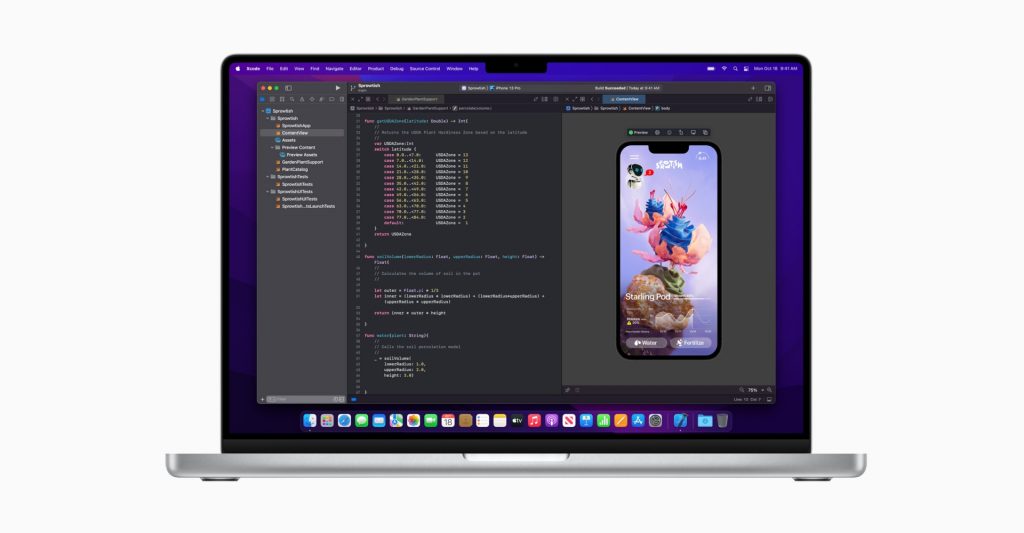
Both MacBook models feature an LCD with a Mini LED backlight. These displays address the common issues associated with conventional LCD panels such as poor contrast and patchy brightness due to the limited number of LED backlights. As opposed to a few dozen local dimming zones in your regular LCD, the LCD with Mini LED delivers hundreds of dimming zones made possible by tiny LEDs.
Apple calls it the “World’s Best Notebook Display”, which is quite a stretch of the imagination. For those who haven’t been following the display space, Apple’s latest iPad Pro that comes with the same Mini LED backlight tech suffers from a weird “blooming issue” and Apple is yet to address that.
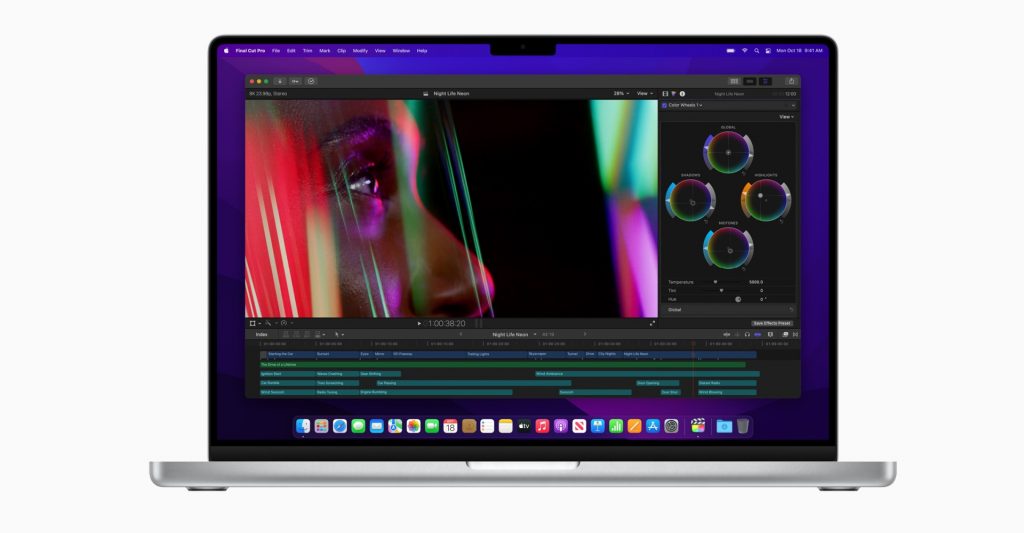
Moving further away from Intel’s silicon, Apple has introduced two more ARM-based chipsets. The new MacBook Pro notebooks come in M1 Pro and M1 Max flavours. Improving upon the M1 silicon, the new chips offer increased memory bandwidth and better power efficiency.
The M1 Pro chip comes with up to a 10-core CPU, which comprises of eight performance cores and two efficiency cores. On the GPU front, you get up to 16 cores. As per Apple, the M1 Pro offers a 70 percent CPU performance gain over the M1. The M1 Pro has 200GB/s memory bandwidth, which is roughly three times compared to the M1.
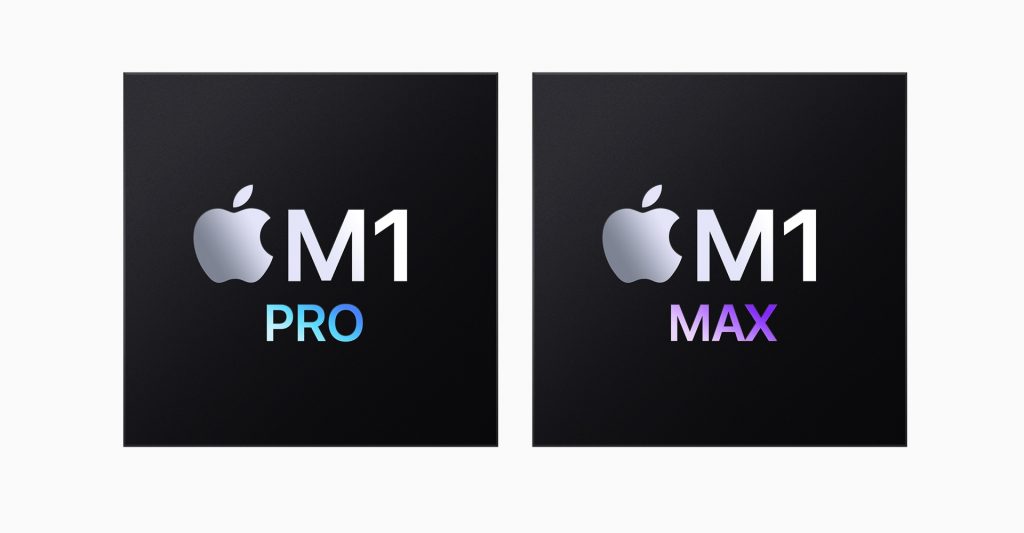
The M1 Max packs in the 10-core CPU fused with a 32-core CPU. As a result, you get four times the GPU performance gain over the M1. It has an impressive memory bandwidth of 400GB/s, which is roughly twice as fast as M1 Pro and six times quicker than the M1. To put things in perspective, Apple claims that the M1 Max can enable users to edit up to seven streams of 8K clips in Final Cut Pro.
The new MacBook Pro models feature three Thunderbolt 4 ports, an HDMI port, 3.5 mm headphone jack, SD card slot, and the good old MagSafe charging connector. Moving onto wireless radio, the new notebooks are Wi-Fi 6 and Bluetooth 5.0 compatible. Apple has equipped the new MacBook Pro notebooks with a 1080p HD webcam. Both models pack in a six-speaker system.
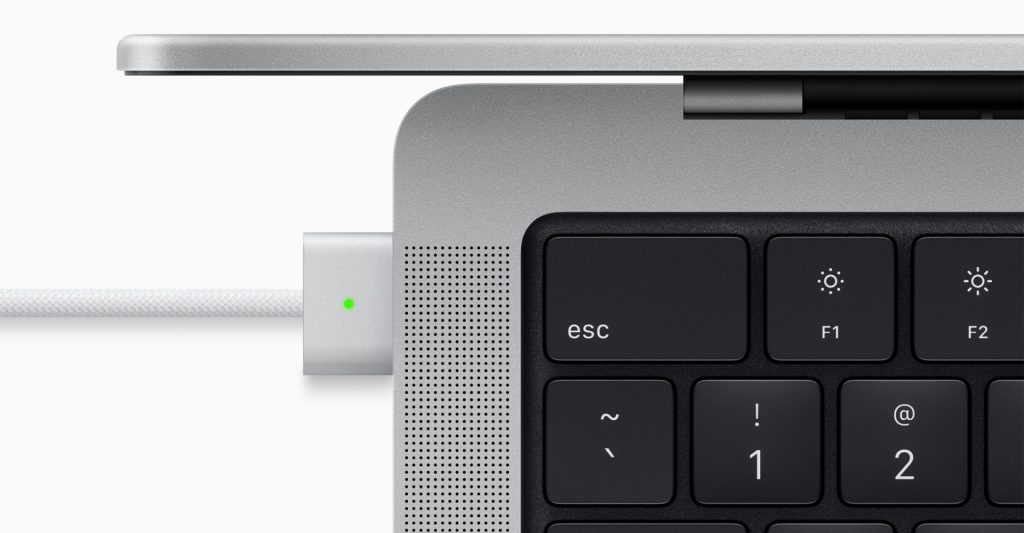
On the software side of things, both these notebooks run macOS Monterey out-of-the-box. The new ARM architecture-based M1 Pro and M1 Max chipsets are optimised to run exiting Mac apps using Apple’s Rosetta 2 technology.
MacBook Pro Series Price in India
The 14-inch and 16-inch MacBook Pro models are up for pre-order in the US and India starting today. The products will hit the store shelves starting October 26.
In India, the 14-inch MacBook Pro powered by M1 Pro with 8-core CPU, 14-core GPU, and 512GB SSD storage is priced at ₹1,94,900. The 14-inch MacBook Pro powered by M1 Pro with 10-core CPU, 16-GPU, and 1TB SSD will set you back for ₹2,39,900.
The 16-inch MacBook Pro powered by M1 Pro with 10-core CPU, 16-core GPU, and 512GB SSD is pegged at ₹2,39,900. A similar configuration with 1TB SSD will set you back for ₹2,59,900. Lastly, the M1 Max-powered machine with a 10-core CPU, 32-core GPU, and 1TB SSD will cost you ₹3,29,900.


Discussion about this post